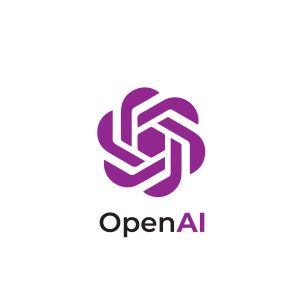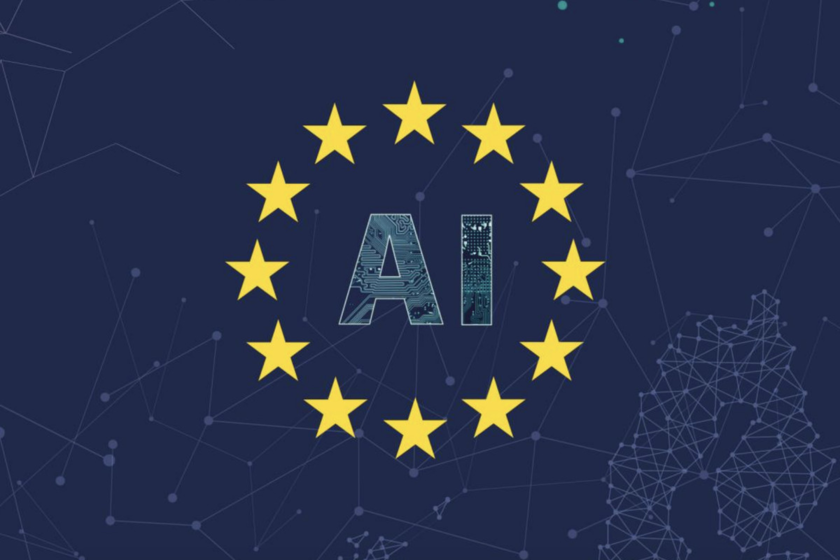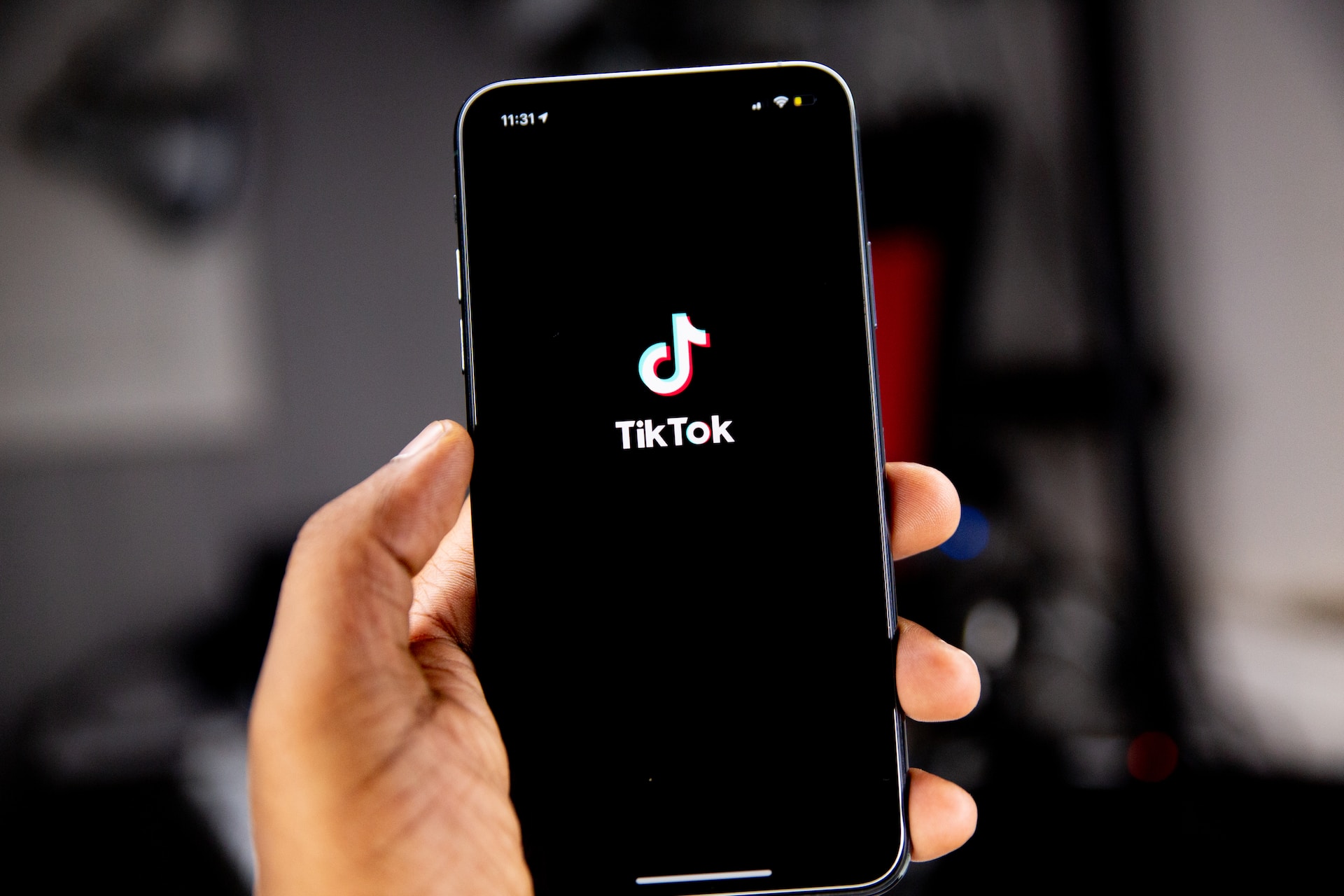Decoding the EU AI Act Dilemma: Lessons from the OpenAI Saga
Introduction
Hi, I am Fred. I am curious about the topic of AI regulation and its impact on society. In this article, I will examine the EU AI Act, a draft law for the development and use of AI in Europe. I will also talk about the OpenAI saga, a case study of how an AI research organization dealt with the challenges and opportunities of creating and deploying advanced AI systems. I hope to give you some valuable insights and perspectives on this important and timely issue.
What is the EU AI Act?
The EU AI Act is a draft law that aims to introduce a common and harmonized set of rules for AI systems in the EU. It was proposed by the European Commission in April 2021, and is currently under discussion by the European Parliament and the Council.
The main objective of the EU AI Act is to ensure that AI in Europe respects the values and rights of the EU, and to foster trust and innovation in AI. To achieve this, the EU AI Act proposes to:
- Define AI systems as software that can generate outputs such as content, predictions, recommendations, or decisions influencing the environments they interact with.
- Classify AI systems according to their level of risk, ranging from unacceptable to high, limited, and minimal. Unacceptable AI systems are those that violate fundamental rights or pose a clear threat to safety, such as social scoring or mass surveillance. High-risk AI systems are those that have a significant impact on people’s lives or rights, such as biometric identification, health care, or education. Limited-risk AI systems are those that require transparency or information to the users, such as chatbots or deepfakes. Minimal-risk AI systems are those that pose no or negligible risk, such as video games or spam filters.
- Impose different requirements and obligations for AI providers and users, depending on the risk level of the AI system. For example, high-risk AI systems must undergo a conformity assessment before being placed on the market, and must comply with rules on data quality, human oversight, accuracy, robustness, security, and transparency. Limited-risk AI systems must inform users that they are interacting with an AI system, and allow them to opt out if they wish. Unacceptable AI systems are banned altogether.
- Establish a governance framework for the implementation and enforcement of the law, involving national authorities, a European AI Board, and the European Commission. The framework also includes mechanisms for cooperation, coordination, and information sharing among the stakeholders.
What are the benefits and drawbacks of the EU AI Act?
The EU AI Act has been praised as a landmark initiative that sets a global standard for AI regulation, and that balances the need for innovation and protection. Some of the potential benefits of the EU AI Act are:
- It creates a clear and consistent legal framework for AI in the EU, reducing uncertainty and fragmentation for AI providers and users.
- It promotes trust and confidence in AI among the public and the customers, by ensuring that AI systems are safe, ethical, and respectful of human dignity and rights.
- It fosters innovation and competitiveness in AI, by creating a level playing field and a single market for AI in the EU, and by supporting research and development, education and training, and public-private partnerships in AI.
- It contributes to the global leadership and influence of the EU in AI, by setting an example and a reference for other countries and regions, and by engaging in international cooperation and dialogue on AI.
However, the EU AI Act has also been criticized as being too vague, complex, and restrictive, and that it could hamper the development and adoption of AI in Europe. Some of the potential drawbacks of the EU AI Act are:
- It creates a burdensome and costly regulatory regime for AI, especially for high-risk AI systems, that could discourage innovation and investment, and create barriers to entry and competition.
- It lacks clarity and precision in defining key concepts and terms, such as AI systems, risk levels, and requirements, leaving room for interpretation and uncertainty for AI providers and users.
- It imposes excessive and unnecessary restrictions on certain AI applications, such as biometric identification or generative models, that could limit their potential benefits and use cases, and infringe on the rights and freedoms of the users.
- It fails to address some of the emerging and future challenges and opportunities of AI, such as artificial general intelligence, human-AI collaboration, or AI governance.
What can we learn from the OpenAI saga?
OpenAI is an AI research organization that aims to create artificial general intelligence (AGI) that can benefit all of humanity. It was founded in 2015 as a non-profit entity, with the vision of creating and sharing AI that can be aligned with human values and controlled by the users. However, in 2019, OpenAI announced that it would create a for-profit subsidiary, OpenAI Global, LLC, to raise more funds and to commercialize its AI products and services.
One of the most notable achievements of OpenAI is the development of GPT, a series of large-scale language models that can generate natural language texts on various topics and tasks. The latest version, GPT-4, is the most advanced system, producing safer and more useful responses than its predecessors. GPT-4 can also process visual and audio inputs, and generate creative and collaborative outputs, such as songs, screenplays, or personalized writing styles.
However, the creation and deployment of GPT also raised several challenges and controversies for OpenAI, such as:
- The ethical and social implications of GPT, such as the potential for misuse, abuse, or harm, by generating false, misleading, or harmful content, such as fake news, spam, or hate speech.
- The technical and operational challenges of GPT, such as the scalability, reliability, and security of the system, as well as the data quality, transparency, and accountability of the outputs.
- The strategic and organizational dilemmas of OpenAI, such as the trade-off between openness and safety, the balance between research and commercialization, and the alignment between vision and reality.
To address these challenges and controversies, OpenAI adopted various strategies and solutions, such as:
- The safety and alignment research and practices of GPT, such as incorporating more human feedback, applying lessons from real-world use, and updating and improving GPT at a regular cadence.
- The product and service offerings and innovations of GPT, such as the ChatGPT API platform, the ChatGPT Plus and Enterprise plans, and the ChatGPT DevDay event.
- The governance and stakeholder engagement and collaboration of OpenAI, such as involving national authorities, experts, and partners, and engaging in international cooperation and dialogue on AI.

How can the EU AI Act and OpenAI benefit from each other?
The EU AI Act and OpenAI are two different but related initiatives that aim to advance and regulate AI in Europe and beyond. They both share the common goal of creating safe and beneficial AI that respects the values and rights of the users and the society. However, they also face different but complementary challenges and opportunities in achieving that goal. Therefore, they can benefit from each other by learning from their experiences and insights, and by collaborating on their efforts and actions. Some of the possible ways that the EU AI Act and OpenAI can benefit from each other are:
- The EU AI Act can benefit from OpenAI by:
- Drawing on the best practices and lessons learned from OpenAI’s safety and alignment research and practices, such as human feedback, real-world use, and continuous improvement.
- Leveraging the product and service offerings and innovations of OpenAI, such as ChatGPT, to foster innovation and competitiveness in AI in Europe, and to support research and development, education and training, and public-private partnerships in AI.
- Engaging with OpenAI as a key stakeholder and partner in the governance and implementation of the law, and in the international cooperation and dialogue on AI.
- OpenAI can benefit from the EU AI Act by:
- Aligning with the clear and consistent legal framework and standards for AI in the EU, reducing uncertainty and fragmentation for OpenAI as an AI provider and user.
- Promoting trust and confidence in OpenAI’s AI systems among the public and the customers, by ensuring that they comply with the rules and requirements of the EU AI Act, especially for high-risk AI systems.
- Contributing to the global leadership and influence of the EU in AI, by setting an example and a reference for other countries and regions, and by supporting the EU’s vision and values for AI.
Conclusion
The EU AI Act and OpenAI are two important and influential initiatives that shape the future of AI in Europe and the world. They both have their benefits and drawbacks, and they both face their challenges and opportunities. They can also learn from and collaborate with each other to create a safe and beneficial AI that respects the values and rights of the users and the society, the EU AI Act and OpenAI can learn from and collaborate with each other. They can draw on the best practices and lessons learned from each other’s safety and alignment research and practices, leverage each other’s product and service offerings and innovations, and engage with each other as key stakeholders and partners in the governance and implementation of the law, and in the international cooperation and dialogue on AI.










